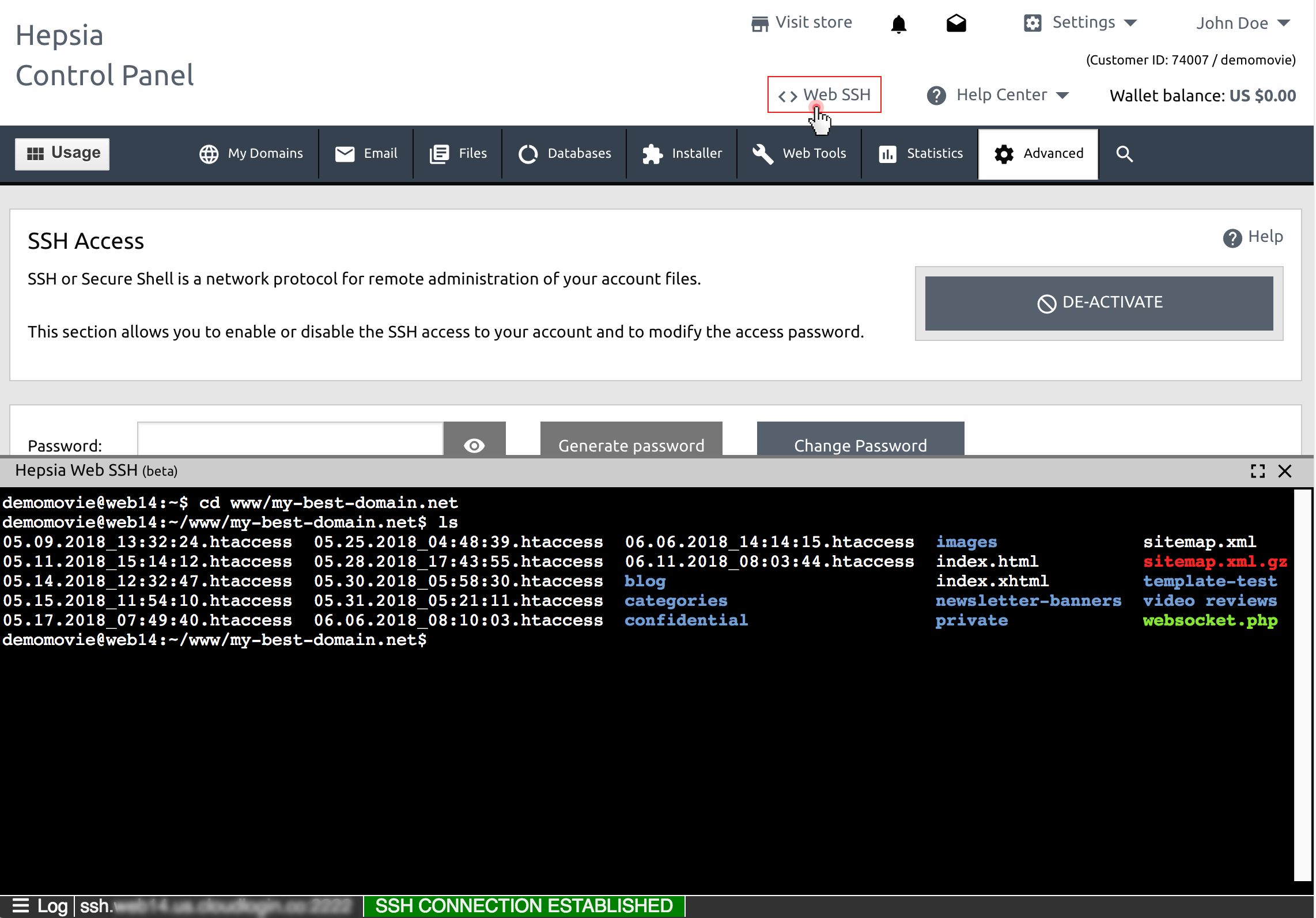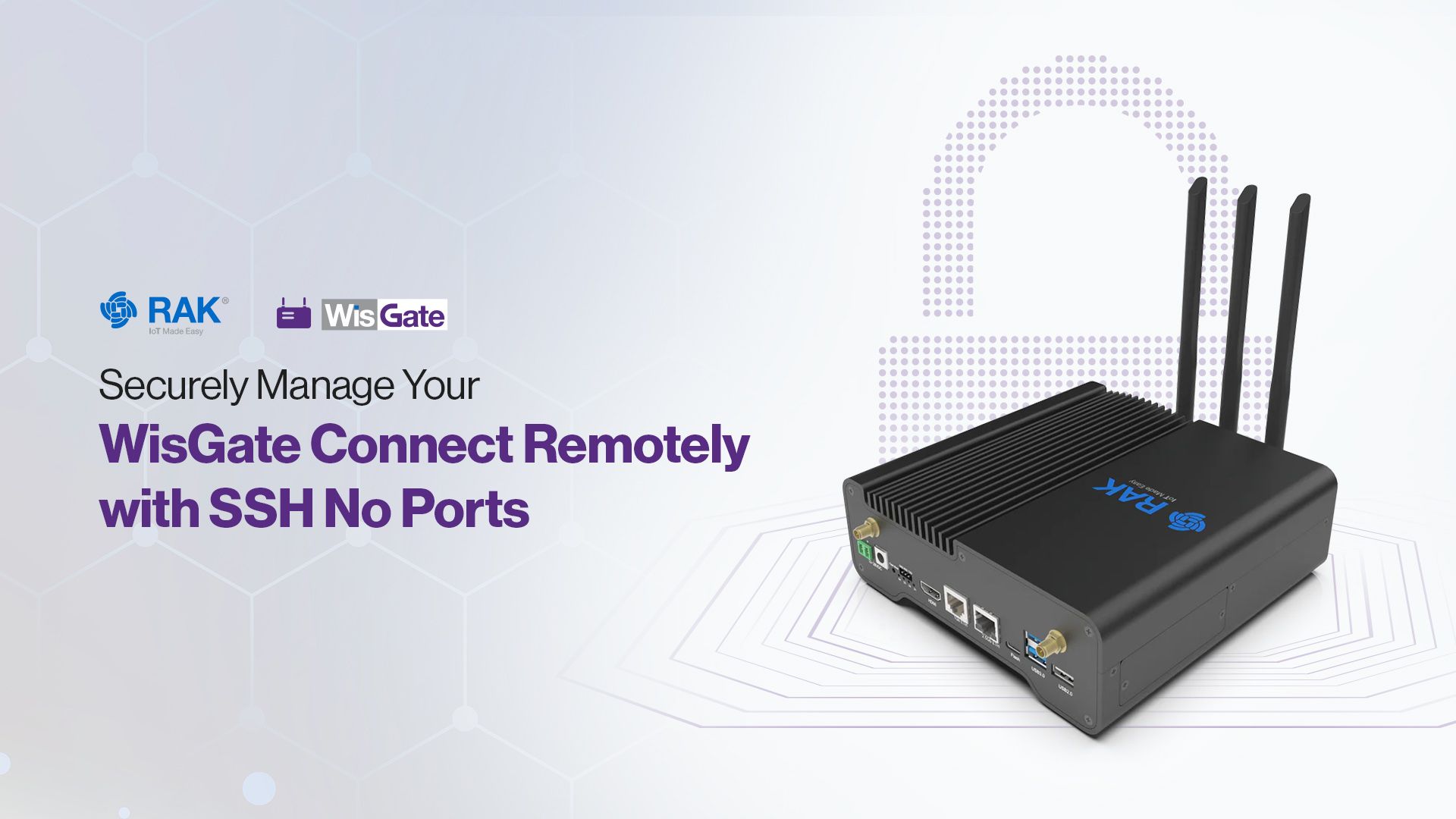Mastering RemoteIoT SSH Management: A Comprehensive Guide For Modern Tech Enthusiasts
Have you ever wondered how to securely manage your IoT devices from anywhere in the world? RemoteIoT SSH management is the answer! In today's hyper-connected world, managing IoT devices remotely has become a necessity rather than a luxury. Whether you're a tech enthusiast, a small business owner, or an enterprise-level IT admin, understanding RemoteIoT SSH management can revolutionize how you control your devices. But let's be real—this isn't just about tech; it's about efficiency, security, and peace of mind.
Imagine being able to troubleshoot a sensor in your smart farm from the comfort of your living room or monitoring your home security system while you're on vacation. That's the power of RemoteIoT SSH management. But hold up—before you dive into the deep end, there are a few things you need to know. This guide will walk you through everything from the basics to advanced techniques, ensuring you're equipped to tackle any challenge that comes your way.
Now, you might be thinking, "Why do I need to bother with all this SSH stuff?" Well, my friend, SSH (Secure Shell) is the backbone of secure remote connections. It's like the secret handshake that lets you talk to your devices without anyone eavesdropping. So, buckle up because we're about to take a deep dive into the world of RemoteIoT SSH management. Let's get started!
- Kamo Bandz Full Video The Buzz The Truth And Everything You Need To Know
- Hanime The Ultimate Guide To Exploring The World Of Adult Animation
Understanding RemoteIoT SSH Management
Before we jump into the nitty-gritty, let's break down what RemoteIoT SSH management actually means. At its core, it's all about creating a secure channel to interact with your IoT devices from a remote location. Think of it as a virtual tunnel that keeps your data safe while you're tinkering with your gadgets. But here's the kicker—it's not just about connecting; it's about doing it securely.
Why SSH Is the King of Remote Connections
SSH has been around for a while, but it's still the gold standard for remote access. Here's why:
- Encryption: SSH encrypts all data sent between your device and the IoT system, keeping prying eyes at bay.
- Authentication: You can't just waltz in—you need the right key (literally). SSH uses authentication methods like passwords or public/private key pairs to ensure only authorized users gain access.
- Command Execution: Once connected, you can run commands, transfer files, and configure settings as if you were sitting right in front of the device.
But wait, there's more! SSH isn't just a one-trick pony—it's versatile, reliable, and constantly evolving to meet modern security challenges.
- Toria Lorraine Leaks The Untold Story You Need To Know
- Reba Mcentire Nude The Truth Behind The Headlines
Setting Up RemoteIoT SSH: A Step-by-Step Guide
Now that you know why SSH is so awesome, let's talk about how to set it up for your IoT devices. Don't worry—it's not as complicated as it sounds. Follow these steps, and you'll be up and running in no time.
What You'll Need
Before we begin, make sure you have the following:
- A device with SSH installed (most modern IoT devices come with this out of the box).
- An SSH client on your computer (Windows users can use PuTTY, while macOS and Linux users have built-in SSH support).
- Your device's IP address or domain name.
- A strong password or SSH key for authentication.
Got all that? Great! Let's move on to the setup process.
Connecting to Your IoT Device
Here's how you can establish a secure connection:
- Open your SSH client and enter the IP address or domain name of your IoT device.
- Specify the port number (usually 22 for SSH).
- Authenticate using your password or SSH key.
- Once connected, you'll have full access to your device's command line interface.
Voilà! You're now securely connected to your IoT device from anywhere in the world.
Enhancing Security in RemoteIoT SSH Management
Security should always be at the forefront of your mind when managing IoT devices remotely. Here are some tips to keep your setup as secure as possible:
1. Use Strong Authentication Methods
Don't rely on weak passwords—use public/private key pairs instead. This method is far more secure and eliminates the risk of brute-force attacks.
2. Limit Access
Restrict SSH access to specific IP addresses or ranges. This ensures that only trusted devices can connect to your IoT systems.
3. Regularly Update Software
Keep your IoT devices and SSH clients up to date with the latest security patches. This simple step can prevent many potential vulnerabilities.
4. Monitor Activity
Set up logging and monitoring to keep an eye on who's accessing your devices and when. This way, you can quickly detect and respond to any suspicious activity.
By implementing these security measures, you'll significantly reduce the risk of unauthorized access and data breaches.
Overcoming Common Challenges in RemoteIoT SSH Management
While SSH is a powerful tool, it's not without its challenges. Here are some common issues you might encounter and how to tackle them:
Connection Issues
Can't connect to your device? Check the following:
- Ensure your device's SSH service is running.
- Verify that the IP address or domain name is correct.
- Make sure there are no firewall rules blocking the connection.
Performance Bottlenecks
Slow connections can be frustrating. To improve performance:
- Optimize your network configuration.
- Use compression to reduce data transfer size.
- Consider upgrading your hardware if necessary.
By addressing these challenges head-on, you'll ensure a smoother and more reliable RemoteIoT SSH experience.
Exploring Advanced Features of RemoteIoT SSH Management
Once you've mastered the basics, it's time to explore some advanced features that can take your RemoteIoT SSH management to the next level:
SSH Tunnels
SSH tunnels allow you to securely forward traffic between your local machine and a remote server. This is especially useful for accessing web interfaces or databases securely.
Automated Tasks
Set up scripts to automate repetitive tasks, such as backups or configuration updates. This saves time and reduces the risk of human error.
Multi-Factor Authentication
Add an extra layer of security by enabling multi-factor authentication (MFA). This requires users to provide two or more verification factors to gain access.
These advanced features can help you streamline your workflow and enhance the security of your RemoteIoT SSH setup.
Best Practices for RemoteIoT SSH Management
Here are some best practices to keep in mind as you continue your RemoteIoT SSH journey:
Document Everything
Keep detailed records of your setup, including IP addresses, SSH keys, and any custom configurations. This will save you a lot of headaches down the road.
Regularly Test Your Setup
Periodically test your connections to ensure everything is working as expected. This helps you catch and fix issues before they become major problems.
Stay Informed
Keep up with the latest trends and developments in IoT and SSH technology. This ensures you're always using the most effective and secure methods available.
By following these best practices, you'll maintain a robust and reliable RemoteIoT SSH management system.
Real-World Applications of RemoteIoT SSH Management
So, how does RemoteIoT SSH management apply to real-world scenarios? Let's take a look at a few examples:
Smart Agriculture
Farmers can use RemoteIoT SSH to monitor and control irrigation systems, weather sensors, and other agricultural devices from anywhere. This improves efficiency and reduces resource waste.
Home Automation
Smart home owners can manage their security systems, lighting, and climate control remotely, ensuring their homes are always safe and comfortable.
Industrial IoT
Manufacturers can use RemoteIoT SSH to monitor production lines, perform maintenance, and troubleshoot issues without being physically present. This saves time and money while increasing productivity.
These applications demonstrate the versatility and value of RemoteIoT SSH management across various industries.
Future Trends in RemoteIoT SSH Management
As technology continues to evolve, so too will RemoteIoT SSH management. Here are a few trends to watch out for:
Quantum Encryption
Quantum computing is set to revolutionize encryption, making SSH even more secure in the future.
AI-Driven Automation
Artificial intelligence will play a bigger role in automating tasks and optimizing performance in RemoteIoT SSH setups.
Edge Computing
Edge computing will enable faster and more efficient data processing, reducing latency and improving overall performance.
These trends highlight the exciting possibilities that lie ahead for RemoteIoT SSH management.
Conclusion: Take Control of Your IoT Devices Today!
We've covered a lot of ground in this guide, from the basics of RemoteIoT SSH management to advanced techniques and real-world applications. By now, you should have a solid understanding of how to securely and effectively manage your IoT devices from anywhere in the world.
But knowledge is only the first step. It's time to take action! Start implementing what you've learned and watch as your IoT setup becomes more efficient, secure, and reliable. And don't forget to share your experiences and insights with the community—after all, we're all in this together.
So, what are you waiting for? Dive in, explore, and take control of your IoT devices today. The future is here, and it's powered by RemoteIoT SSH management!
Table of Contents
- Mastering RemoteIoT SSH Management: A Comprehensive Guide for Modern Tech Enthusiasts
- Understanding RemoteIoT SSH Management
- Why SSH Is the King of Remote Connections
- Setting Up RemoteIoT SSH: A Step-by-Step Guide
- What You'll Need
- Connecting to Your IoT Device
- Enhancing Security in RemoteIoT SSH Management
- Overcoming Common Challenges in RemoteIoT SSH Management
- Exploring Advanced Features of RemoteIoT SSH Management
- Best Practices for RemoteIoT SSH Management
- Real-World Applications of RemoteIoT SSH Management
- Future Trends in RemoteIoT SSH Management
- Conclusion: Take Control of Your IoT Devices Today!
- Camilla Araujo Porn Separating Facts From Fiction
- Wpcnt The Ultimate Guide To Unlocking Its Potential

Unlocking Secure Access A Guide To RemoteIoT Platform SSH Key Raspberry Pi

How To Download RemoteIoT Web SSH A Complete Guide For Secure Remote

How To Securely Connect RemoteIoT P2P SSH Android A Comprehensive Guide